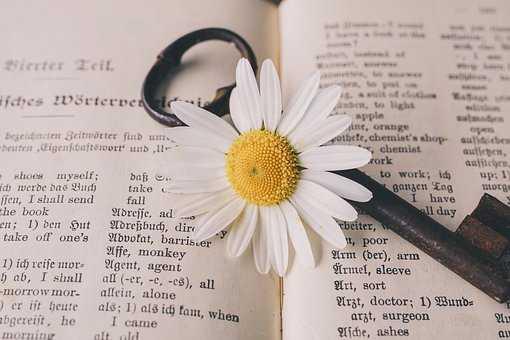What's the Difference Between French Interpretation and Translation?
Curated from: thoughtco.com
Ideas, facts & insights covering these topics:
8 ideas
·1.53K reads
4
Explore the World's Best Ideas
Join today and uncover 100+ curated journeys from 50+ topics. Unlock access to our mobile app with extensive features.
Translation And Interpretation
They require an ability to be able to understand two or more languages and accurately express the content and information in the other language.
Translations need not be binary, but should sound natural without being too literal and wordy. The translator should be able to express the content in such a way that one cannot guess that it is a translation.
49
240 reads
Source Language and Target Language
- Source Language: is the original message or content
- Target Language: is the resulting outcome after the translation or the interpretation.
Translation and interpretation work well if it is the native language of the translators and it is essential to recognize the cultures of both the source and target languages, in order to fully adopt the content.
57
292 reads
The Difference between Translation and Interpretation
While both translation and interpretation have the same purpose: making the information or content accessible in another language, there is one major difference.
Translation is done in a written format, while interpretation is oral. Translators, therefore, are excellent writers, while interpreters have great communication skills.
50
164 reads
ABC Language
A Language: The Native language of the translator/interpreter in which there is 100% proficiency.
B Language: The fluent language of the translator/interpreter in which all vocabulary, structure, dialects, and cultural influences are known.
C Language: The language may be just ‘workable’ for the translators/interpreters.
51
381 reads
Types Of Translation and Interpretation
- General Translation or interpretation is done in a non-specific way and does not cover any specialized vocabulary, cultural influence, or knowledge.
- Specialized Translation or Interpretation, as the name suggests is specific to certain domains and fields of knowledge like legal, financial, medical, literary, scientific and technical.
38
120 reads
Types Of Translation
- Automatic or machine translation: Done using AI software and computers, this is without human intervention and is low in quality.
- Machine assisted translation: is a dual approach where the machine does the hard translation work, and the human checks, refines and corrects the language and context.
40
111 reads
Other Uses of Translation
- Screen Translation: Includes subtitles and dubbing in native languages.
- Sight Translation: When the source is a written document which is explained orally in the target language.
- Localization: when the product or content is exported to a different country or culture,(like a software application), it is made ‘local’ by translating the dialogue boxes, documents, packaging etc.
38
92 reads
Types Of Interpretation
Consecutive Interpretation: When a person speaks a sentence and pauses, and the interpreter then works on the content and speaks it in the target language.
Simultaneous interpretation: Is when the interpreter is working on his native (A) language, and speaks whatever is being spoken and broadcasts it to other listeners using headphones and a mic to provide the interpretation in the target language in real-time.
37
131 reads
IDEAS CURATED BY
Brooklyn Z.'s ideas are part of this journey:
Learn more about communication with this collection
How to use storytelling to connect with others
The psychology behind storytelling
How to craft compelling stories
Related collections
Similar ideas
12 ideas
11 ideas
5 ideas
Read & Learn
20x Faster
without
deepstash
with
deepstash
with
deepstash
Personalized microlearning
—
100+ Learning Journeys
—
Access to 200,000+ ideas
—
Access to the mobile app
—
Unlimited idea saving
—
—
Unlimited history
—
—
Unlimited listening to ideas
—
—
Downloading & offline access
—
—
Supercharge your mind with one idea per day
Enter your email and spend 1 minute every day to learn something new.
I agree to receive email updates


